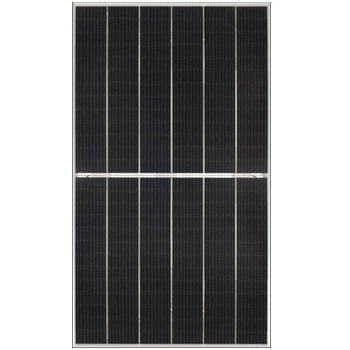
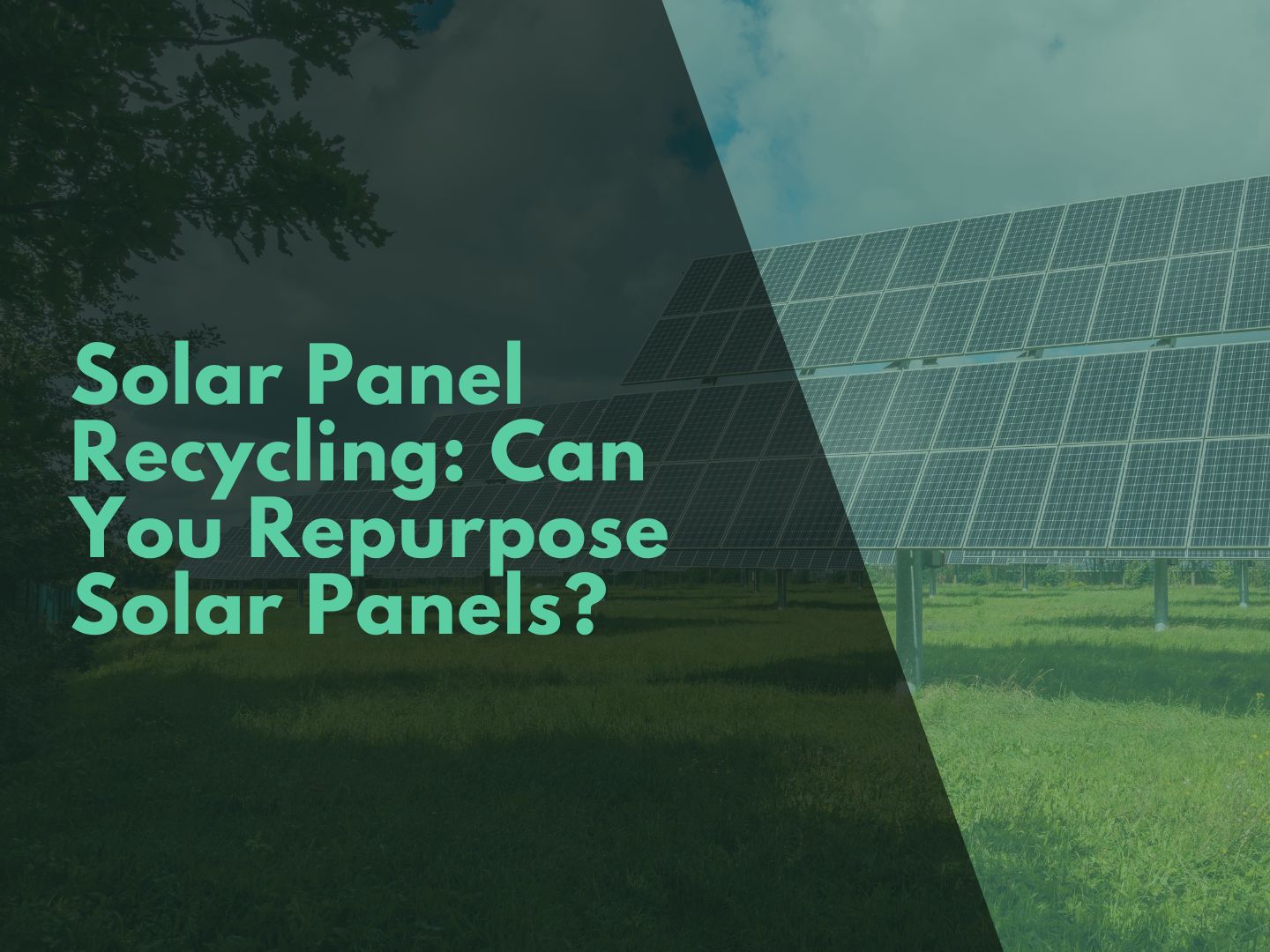
Did you know that those solar panels soaking up the sun on your roof are mostly made of glass, silicon, metals, and wiring? Each component can be extracted and repurposed, which means the materials can be used again in various industries. While the recycling process might seem complex, the UK is home to specialist facilities dedicated to ensuring solar panels are recycled, promoting a sustainable approach within the renewable energy sector.
As we look to the future, the importance of efficiently managing waste from renewable energy sources becomes clear, especially considering the lifespan of solar panels is roughly 25-30 years. It's comforting to know that your investment in a cleaner future doesn't have to end up clogging landfills; instead, it can be given new life through recycling.
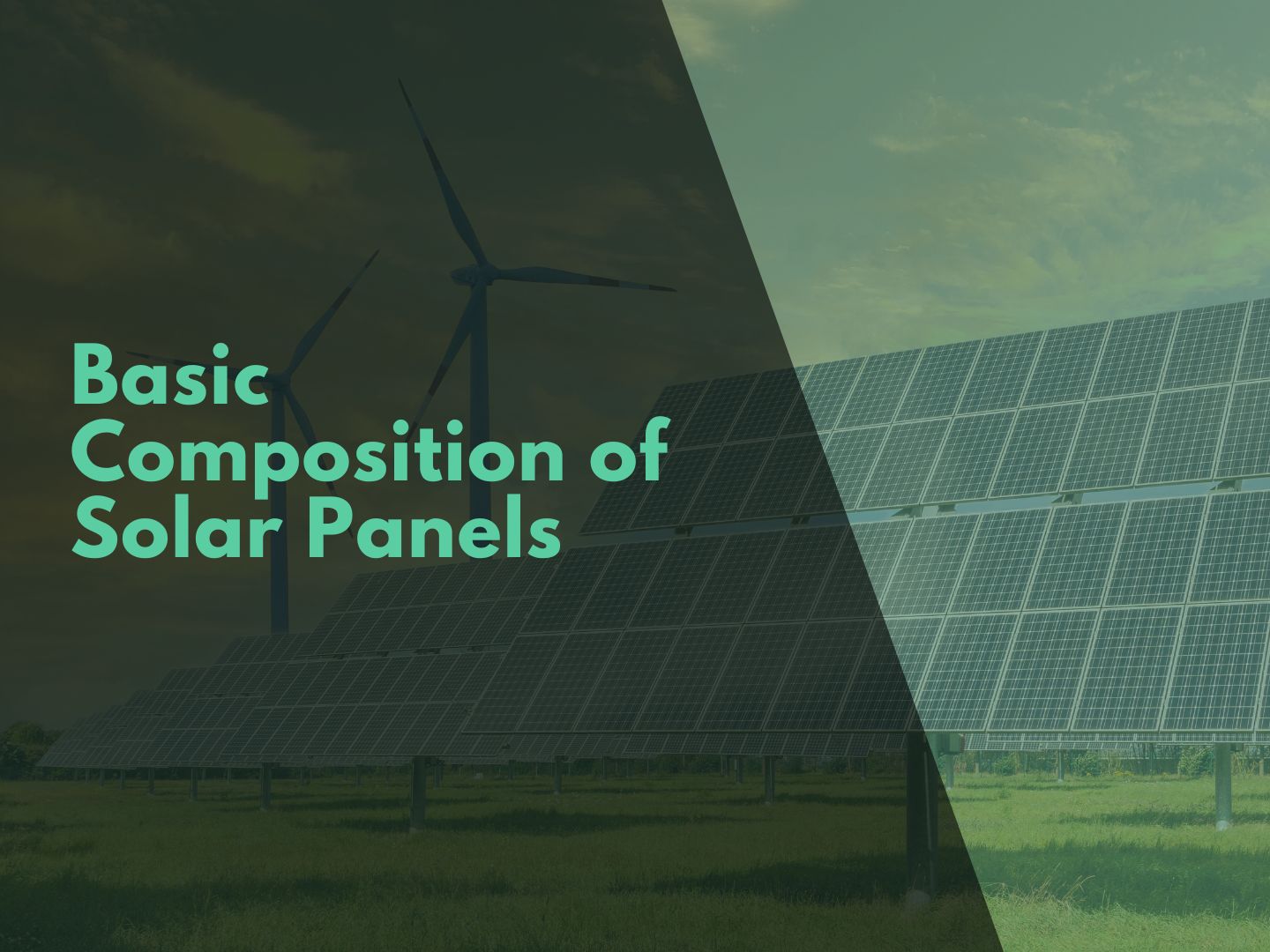
Before we dive in, it's essential you understand that solar panels are made up of different components with two primary types, each having distinct materials.
Silicon-based solar panels are the most common type you'll find across the UK. These panels consist primarily of silicon, which acts as a semiconductor to convert sunlight into electricity. Thin-film solar panels, on the other hand, are a lightweight alternative. They use non-silicon materials like cadmium telluride or amorphous silicon and can be found in various flexible solar panel installations.
When we talk about the guts of a solar panel, here's what we mean:
Glass: This protective layer on the top permits light to enter while shielding the sensitive components beneath. It's tough, weather-resistant, and critical to the panel’s longevity.
Aluminium frame: Holding the whole ensemble together is an aluminium frame, which adds durability and strength.
Plastic**: It's used within the panel to offer insulation and environmental protection to the electronic components.
Semiconductor materials: Nested inside are the magic workers—semiconductor materials that do the heavy lifting in electricity generation.
| Component | Purpose | Material |
|---|---|---|
| Protective top layer | Allows light entry; provides durability | Glass |
| Structural frame | Adds structural integrity; enables mounting | Aluminium |
| Internal insulation | Protects from environmental factors; adds safety | Plastic |
| Energy conversion | Generates electricity from sunlight | Semiconductor (primarily silicon) |
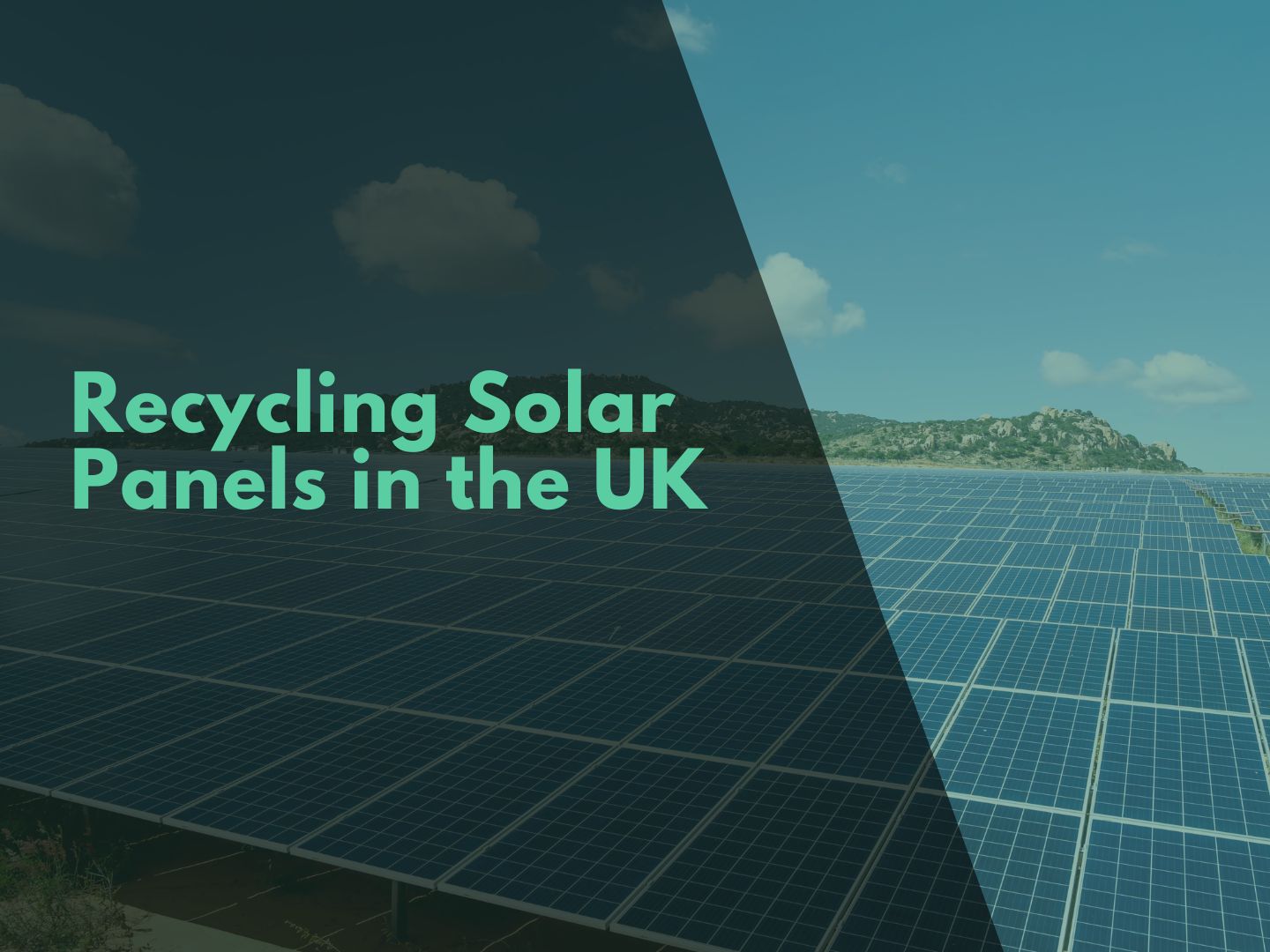
As solar panels become more popular in the UK, the need to recycle them once they've reached the end of their life has become crucial. This process ensures that valuable resources are not wasted and environmental harm is minimised.
WEEE Directive: A rule that requires the collection, treatment, and recycling of old electronic equipment, including solar panels. It also makes manufacturers responsible for handling this process.
Producer Compliance Scheme (PCS): A program that helps companies meet their recycling responsibilities. It acts like a coordinator between companies that make solar panels and the recycling process.
Leading Organisations in Recycling
Recycle Solar Technologies: A company in Scunthorpe that focuses on recycling every part of a solar panel.
CSG: Known for their eco-friendly disposal methods for old solar panels, following the rules set by the WEEE Directive.
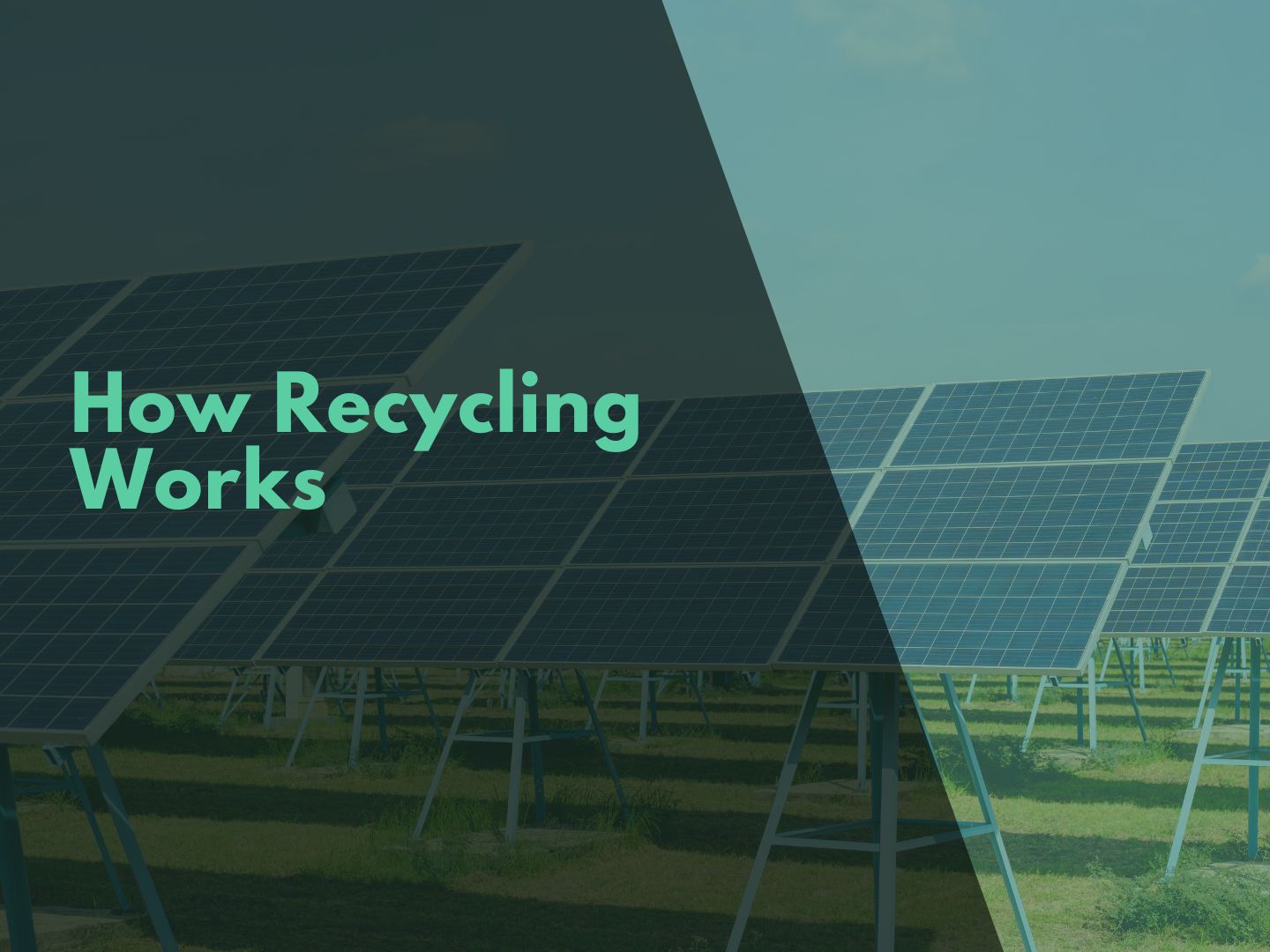
| Step | What Happens | Result |
|---|---|---|
| Taking Panels Apart | The aluminium frame is removed. | The frame is recycled by itself. |
| Breaking Down | Panels are broken into smaller bits. | This makes it easier to sort materials. |
| Heating | Heat is used to separate materials. | Non-metal parts are separated from metals. |
| Using Chemicals | Chemicals dissolve some metals. | Valuable metals like lead are recovered. |
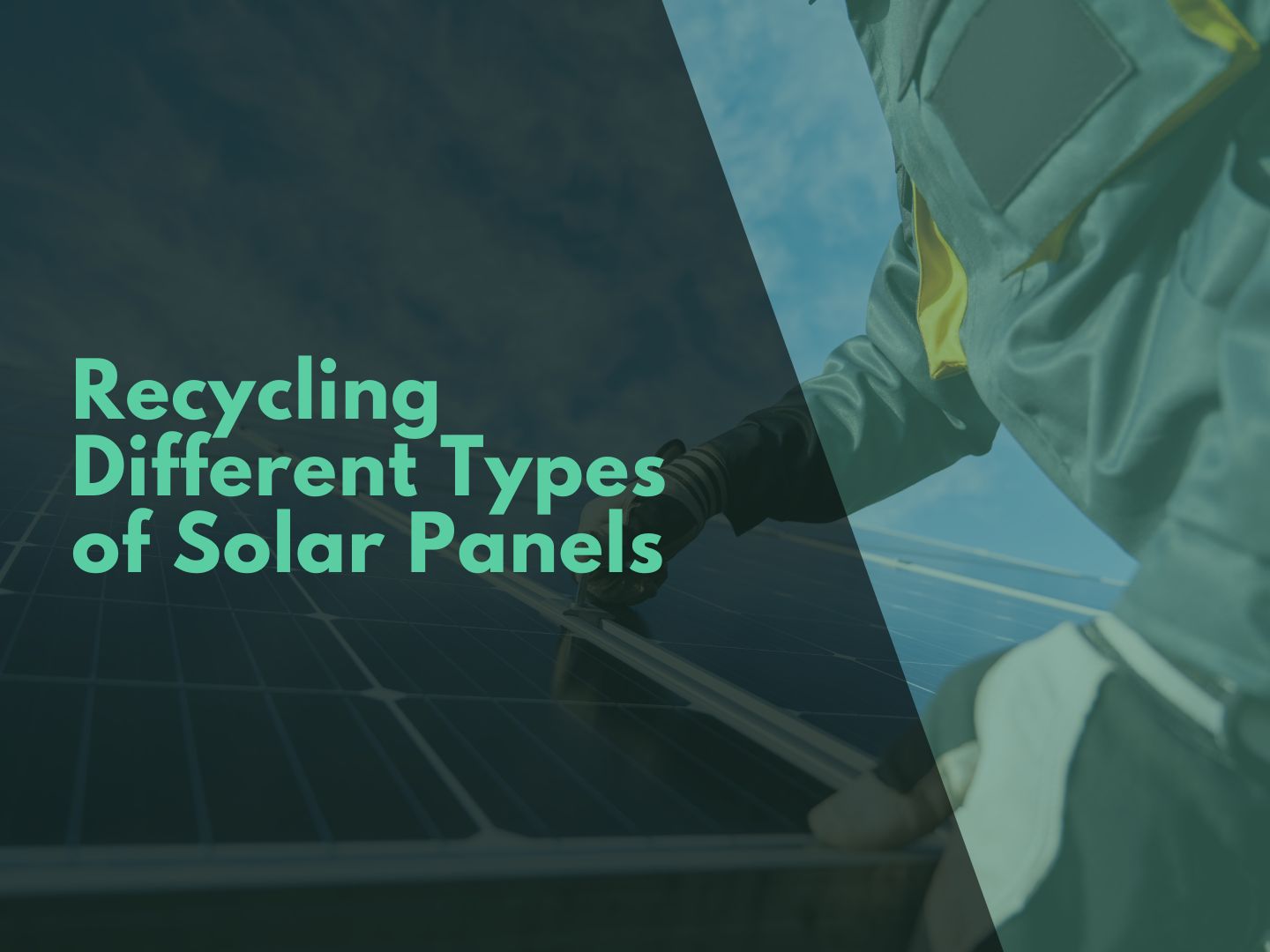
Solar panels come in two primary types: silicon-based (including monocrystalline and polycrystalline) and thin-film. Each type has a unique recycling process due to their material composition and the relative percentages of those materials. Silicon-based panels are more prevalent due to their higher efficiency and are therefore more commonly selected by homeowners.
Silicon-Based Solar Panels:
Thin-Film-Based Panels:
The recycling process for silicon-based solar panels involves multiple steps:
Recycling thin-film solar panels is a more intricate process:
The outcome is that 95% of the semiconductive material and 90% of the glass from thin-film panels can be reused.
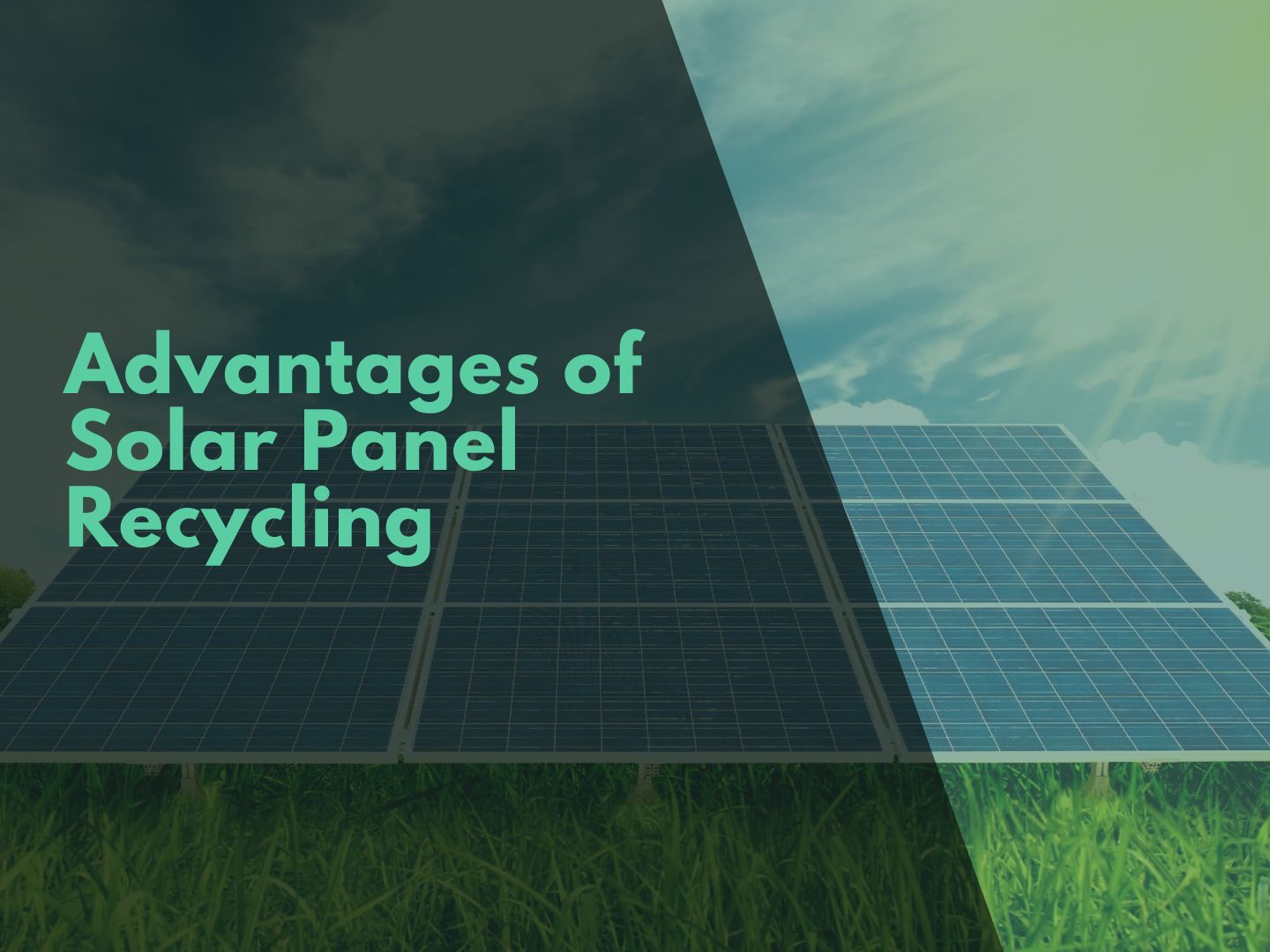
Reducing Landfill Impact: Recycling solar panels helps avoid adding to the already significant issue of landfill contribution, which is a critical factor in climate change.
Reusability of Materials: A large portion of the materials used in solar panels can be recovered and reused to manufacture new solar panels, promoting a sustainable cycle.
Creation of Green Jobs: As the demand for solar panel recycling grows, there will be a need for a substantial infrastructure dedicated to this process, generating employment opportunities worldwide in the green energy sector.
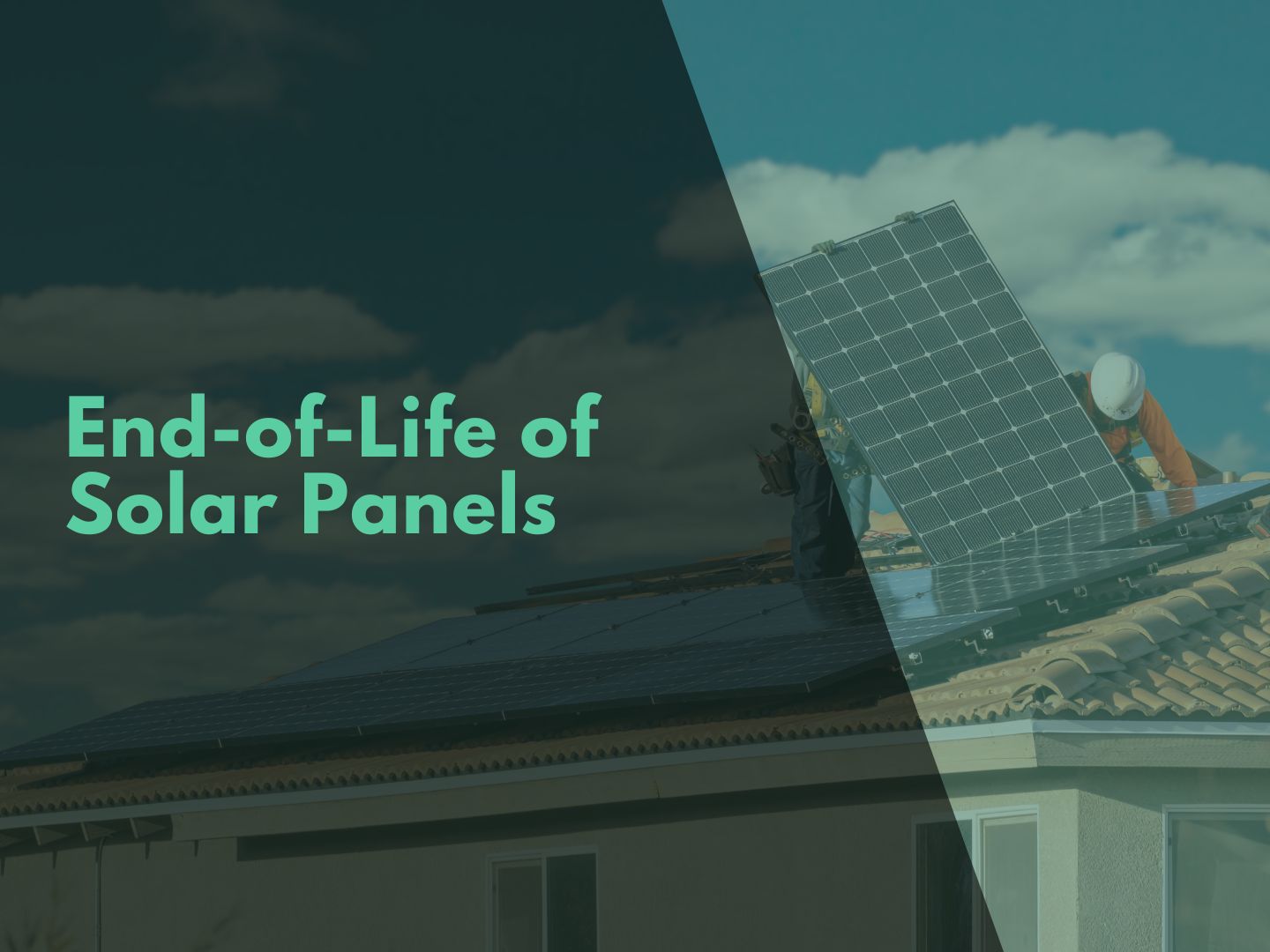
When your solar panels reach their end, it's not just a straightforward chuck-out job. You're looking at a complex picture involving degradation, collection challenges, and a shot at recycling to make the most out of what's left.
Solar panels are generally tough, lasting about 25-30 years on average. But even the best things don't last forever; they start to lose their spark a bit over the years. Here's the nitty-gritty:
Lifespan: Generally up to 30 years.
Performance drop: About 0.5% to 1% efficiency loss each year.
| Factor | Detail |
|---|---|
| Average lifespan | Up to 30 years |
| Degradation rate | 0.5% - 1% efficiency loss/yr |
Now, what happens when solar panels no longer function as intended? Simply throwing them away is not an option. This is because there are specific waste management regulations to consider, and importantly, we're striving for sustainability.
Solar panel waste: Could hit 78 million tonnes worldwide by 2050.
Landfill issues: We need to keep 'em out of landfills to play it green.
So you think the game's over for your old solar pals? Not quite. They get to reincarnate through recycling where precious materials are salvaged and reused. Think of it as their second lease on life—and a win for your wallet too.
Repurposing: A sustainable encore for retired panels.
Recyclable parts: Glass and aluminium, mostly—up to 95% of the panel.
| Component | Reclamation Rate |
|---|---|
| Glass | Up to 95% recyclable |
| Aluminium | Highly recyclable |
| Silicon cells | Can be repurposed or recycled |

Recycling old solar panels isn't just binning them and forgetting about it. You're probably wondering about the costs and where exactly you can send these panels for a green farewell. Here's the lowdown on what you need to know:
A malfunction in just one solar panel will lead to a reduction in energy production by up to 20%, affecting the performance of a whole series of panels connected to it. Prompt detection and repair of such issues are crucial for maintaining optimal energy generation.
Typically, after 25 years, they begin to show signs of wear, notably a minor decline in energy generation capabilities. This gradual decline, or degradation, results in an average annual efficiency loss between 0.5% and 1% beyond their guaranteed lifespan. Although minimal, this degradation is an essential factor to consider for the longevity and efficiency of aging solar panels.
Solar panels can accumulate a significant amount of dirt and debris, obstructing sunlight and diminishing their energy production capacity. Regular cleaning is essential to ensure your solar panels operate at peak efficiency.
You can feed the excess power back into the electrical grid, storing it in backup batteries for future use, or adjusting your home or business's power consumption to utilise the additional energy.